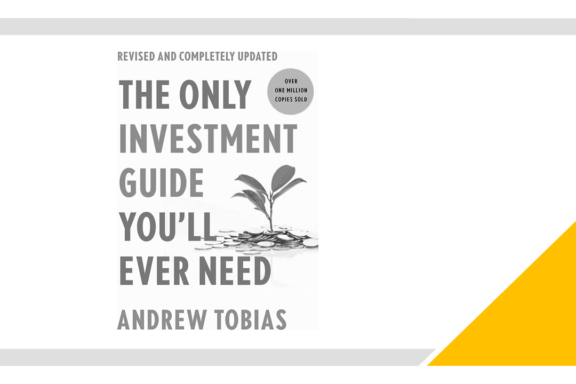Introduction:
In the vast world of finance, numbers, and equations often dominate the landscape, obscuring the underlying human stories and moral dilemmas that shape the industry. “The Wisdom of Finance,” written by Mihir Desai, seeks to bridge this gap by exploring the profound intersection of finance and human behavior. In this article, we summarize this enlightening book, which sheds light on the broader perspective of finance and reveals its profound connections to literature, history, philosophy, and even our personal lives.
Unraveling the Financial Narrative:
“The Wisdom of Finance” begins by delving into the power of storytelling and the influence of narratives in shaping our perception of finance. Desai skillfully draws parallels between financial concepts and renowned literary classics, such as Shakespeare’s “The Merchant of Venice” and Jane Austen’s “Pride and Prejudice.” Through these captivating connections, he demonstrates how finance can be better understood by embracing the narratives that surround it.
The Human Element of Finance:
Moving beyond numbers and charts, Desai emphasizes the human element of finance. He explores the emotional dimensions of financial decision-making, drawing on personal anecdotes and case studies to illustrate how individuals’ desires, fears, and aspirations impact their financial choices. By acknowledging the intricate relationship between money and our humanity, the book offers valuable insights into our own financial behaviors and the behaviors of others.
Exploring Historical Context:
“The Wisdom of Finance” also dives into the historical context of financial systems, examining key moments that have shaped the world of finance as we know it today. Desai explores significant events such as the South Sea Bubble and the 2008 financial crisis, shedding light on the interplay between financial narratives and their consequences. By understanding the lessons of the past, readers gain a deeper appreciation for the importance of narratives in shaping the financial landscape.
Ethics and Responsibility:
Desai’s book goes beyond mere analysis and delves into the ethical dimensions of finance. He raises thought-provoking questions about the responsibilities of individuals and institutions within the financial realm, encouraging readers to contemplate the impact of their financial decisions on society as a whole. This exploration of ethics adds an essential layer to the finance discussion, highlighting the need for responsible and conscientious financial practices.
Empowering Financial Literacy:
One of the book’s significant strengths lies in its ability to make finance accessible to a wide range of readers, regardless of their background or expertise. Desai uses clear and engaging language to demystify complex financial concepts, making them relatable and understandable for all. This approach empowers readers to take charge of their financial lives, fostering a sense of confidence and knowledge that is essential in today’s financial landscape.
Conclusion:
“The Wisdom of Finance” is an enlightening book that challenges preconceived notions about finance and its role in society. By bridging the gap between finance and the humanities, Mihir Desai provides a refreshing perspective that encourages readers to see beyond numbers and equations. The book serves as a reminder that finance is ultimately a human endeavor, driven by our desires, ambitions, and search for meaning.
Through compelling narratives and interdisciplinary connections, Desai demonstrates the profound influence of finance on our lives and urges readers to approach the subject with curiosity, empathy, and a moral compass. “The Wisdom of Finance” serves as a guide to unlocking the wisdom and potential of finance, empowering individuals to make informed decisions and utilize finance as a powerful tool for positive change in both their personal lives and society at large.
Read more about: Book Summaries, Investing






3 Comments